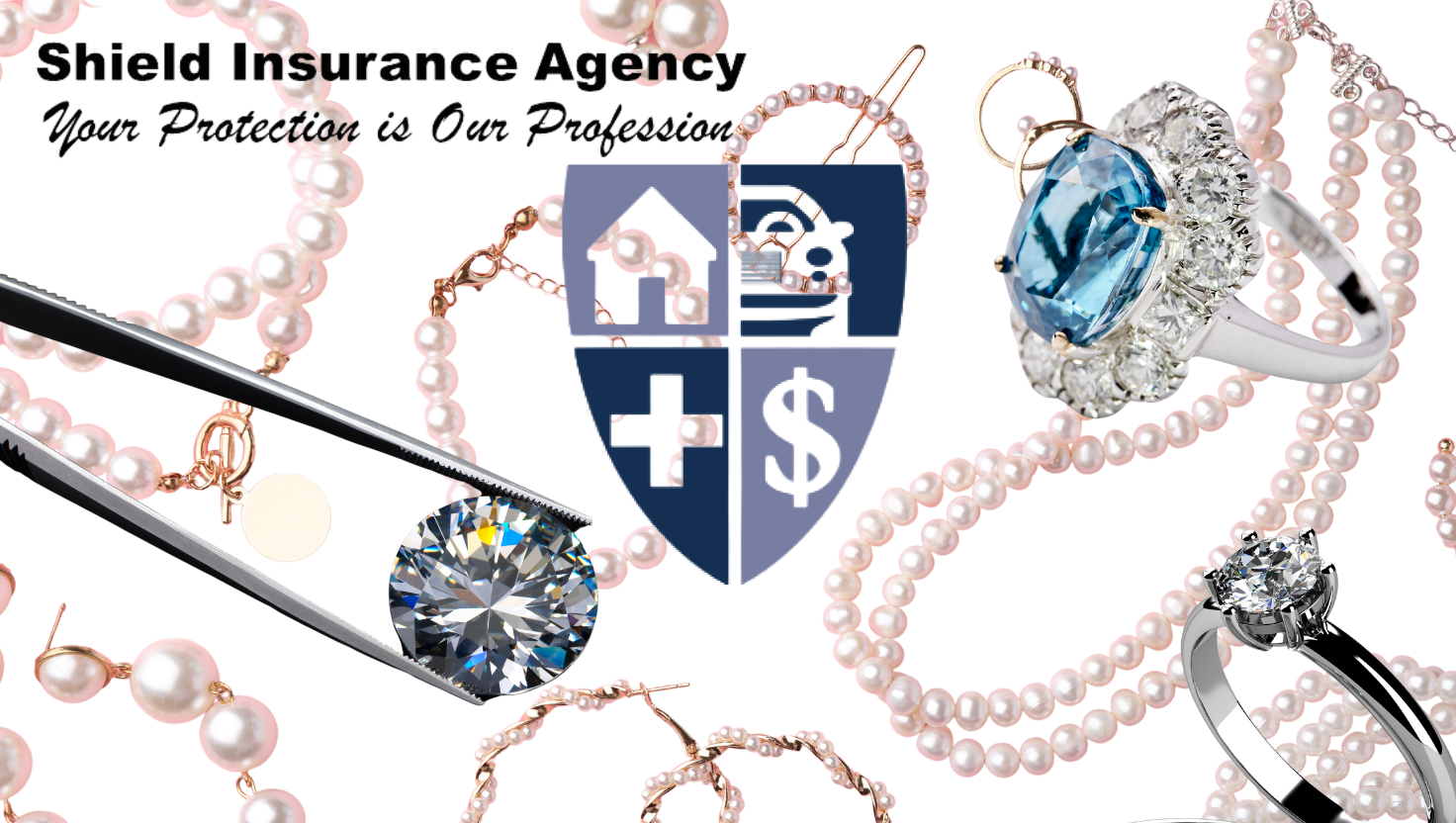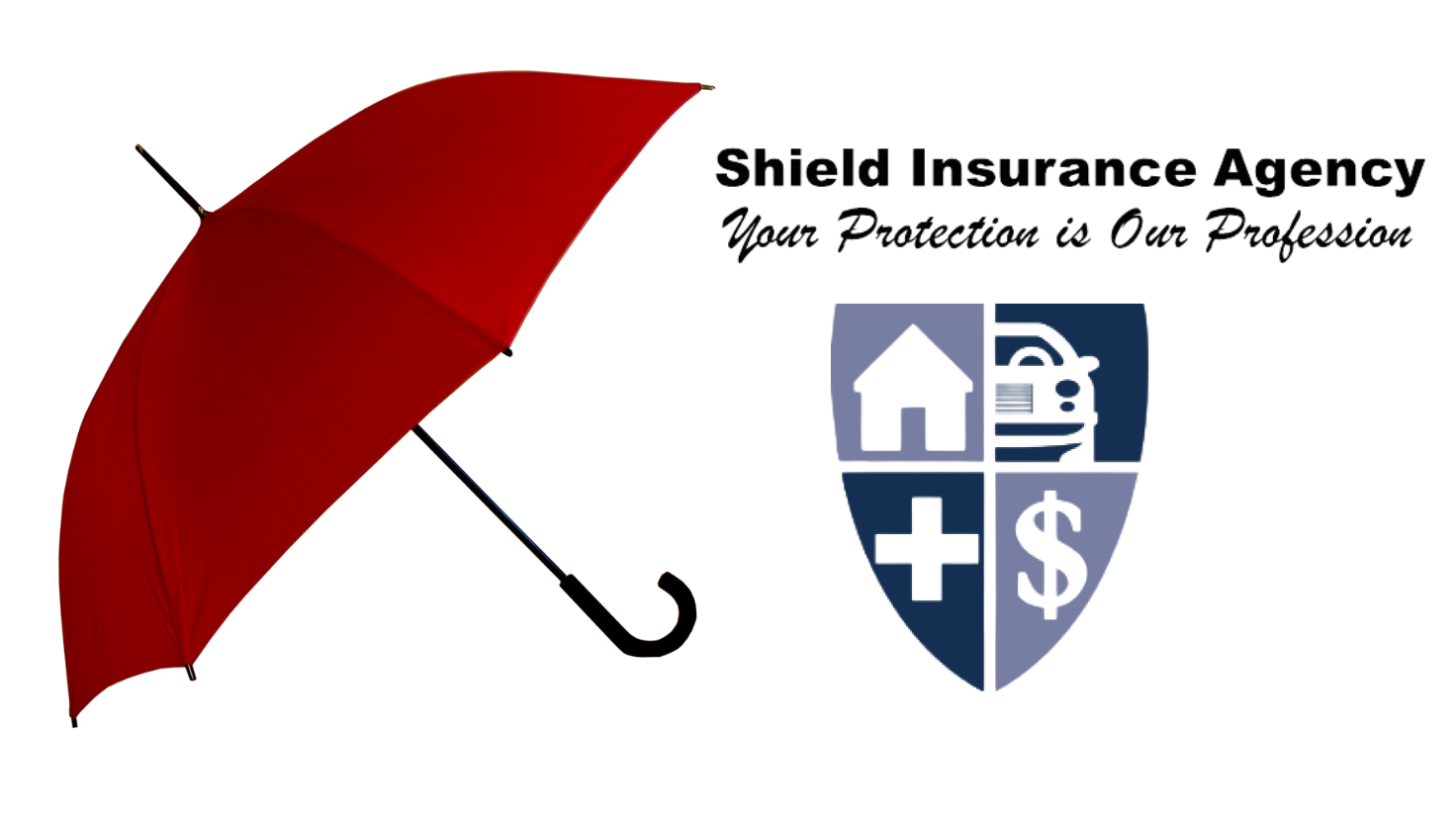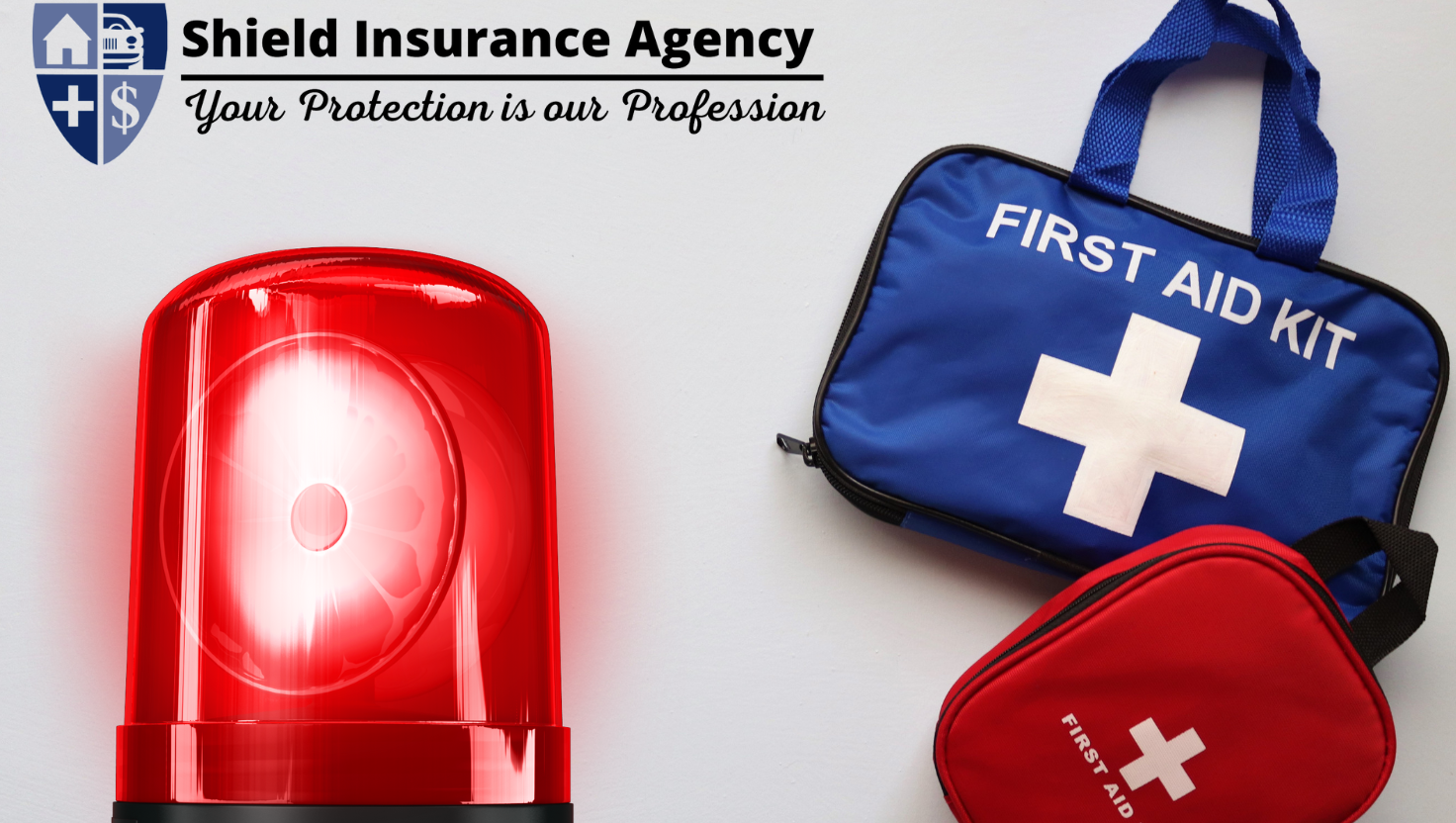
New jewelry? Insure those valuable gifts!
New jewelry | Shield Insurance Blog |
The holidays provide us with good reasons for presenting special – and often valuable – gifts to our loved ones. In the excitement of surprising someone with a gift that makes a big impression, remember that properly insuring expensive gifts can bring you peace and joy long after the holiday season is over.
Follow some easy tips for insuring new jewelry and valuables:
- Consider taking advantage of a store or manufacturer’s warranties or guarantees, but don’t mistake them for insurance. For example, some major jewelry chains offer limited guarantees on gemstone and diamond replacement or repairs. This is a wonderful perk so long as the store is in business and you comply with regular inspections and the terms of the guarantee agreement. But in the event that your jewelry is lost or stolen, it is unlikely that the store will be able to help you. Talk with your insurance agent about your valuables and the best options to protect them.
- Be sure to insure your expensive purchases to value, not just what you paid for them. Door buster specials during the holiday season may enable you to get a remarkable price on an item, but if you only insure for the price paid, you may not be able to get that same deal if you have to replace it later. The value of precious metals and gemstones fluctuates, so getting an appraisal can help you and your agent determine the appropriate amount of insurance. (And, don’t hesitate to ask your jeweler to provide an appraisal gratis as a way to close the deal. It never hurts to ask, and the cost of an appraisal may be worth it to the jeweler to make the sale.)
- Take a photo of new, valuable items, and have it ready – along with any copies of the receipt, serial number, appraisal or certificate – when you talk to your agent about the right coverage for your items.
- Get to know your policy’s limits. Coverage for expensive electronics differs from the protection for a diamond bracelet. Your agent can help you understand your policy and customize it to make sure it protects all of your valuables, whether the item is something you watch, listen to or wear.
- It’s natural to want to bask in the warm feelings generated by giving someone special a present that wows, so consider insuring the gift as soon as you purchase it and before you present it. That way, you’re giving an extra gift that lets the recipient know, “It’s already taken care of.”
You may be thinking, “Most homeowner policies have built-in limits that cover high ticket items, right?” But depending on what you are fortunate enough to already own, you may have reached those limits. So, be sure you’re covered by talking to your agent about the coverage that will work best for your new valuables.
With a little planning, you can make sure that your holidays – and future – will be merry and bright.






















































